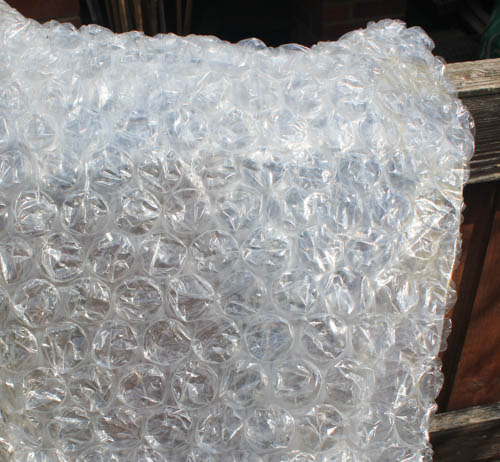
When it is warm and sunny, sow trays, pots or old growing bags with ‘cut and come again crops’ to harvest through autumn and into winter, think land cress, oriental salads, like pak choi, mizuna and mibuna greens plus lettuce, lamb’s lettuce, chicory and radish. You can also use what’s left in the packets from earlier brassica sowings and you can also harvest them earlier as microgreens.
Reduce watering as temperatures drop and damping down, too and early in the month take semi ripe cuttings from tender plants like pelargoniums and salvias for overwintering.
Towards the end of the month, start lifting and potting up tender plants for overwintering in a frost-free glasshouse along with divisions of chives, lemon balm, mint and French tarragon, to extend the cropping season.
Wash the outside of the greenhouse on a warm autumn day, you can use detergents, then rinse but clean water and a broom will suffice. The interior can be washed after clearing away the tomatoes. Remove moss from overlapping panes with an old kitchen knife or plant label.
Check the greenhouse heater to make sure it’s working and your rolls of bubble wrap insulation for tears, re-ordering and replacing if needed; undamaged strips can be cut into smaller lengths for protecting pots that are being left outdoors. Make sure you have plenty of fixing accessories, too.
There are pro’s and con’s to insulating the greenhouse with bubble wrap in winter. There has to be a balance between the amount of light, heat conservation and ventilation. If you live in an area where winters are usually mild, it is worth taking a gamble of not insulating at all, though there is always a possibility of a cold winter like the one we experienced last year so listen to the weather forecast and have the heater and protective layers on standby. It is a real ‘faff’ takes ages and in common with many gardeners, it’s not one of my favourite jobs. Full insulation reduces the amount of light coming into the greenhouse, increases humidity which can cause disease problems, the air is relatively humid and you have to cut holes for the ventilators, too . In milder areas, where plants need shelter rather than protection from frost, it is better to wrap vulnerable plants in the greenhouse, individually in fleece.
There are alternative options. You can divide the greenhouse into two halves one with and the other without insulation, dividing the spaces with a curtain of fleece or bubble wrap. I have also successfully overwintered cannas in trays under a greenhouse bench draped with layers of horticultural fleece to make sure that part of the glasshouse remains frost free and extended the area heated by the propagator on top of the bench by making a frame of bamboo canes, covered with fleece with the tender plants inside. If plants only need protection they can be buried in leaves at the base of a hedge or placed under the shelter of overhanging conifers or at the base of a sheltered wall.
Happy gardening. Matt










